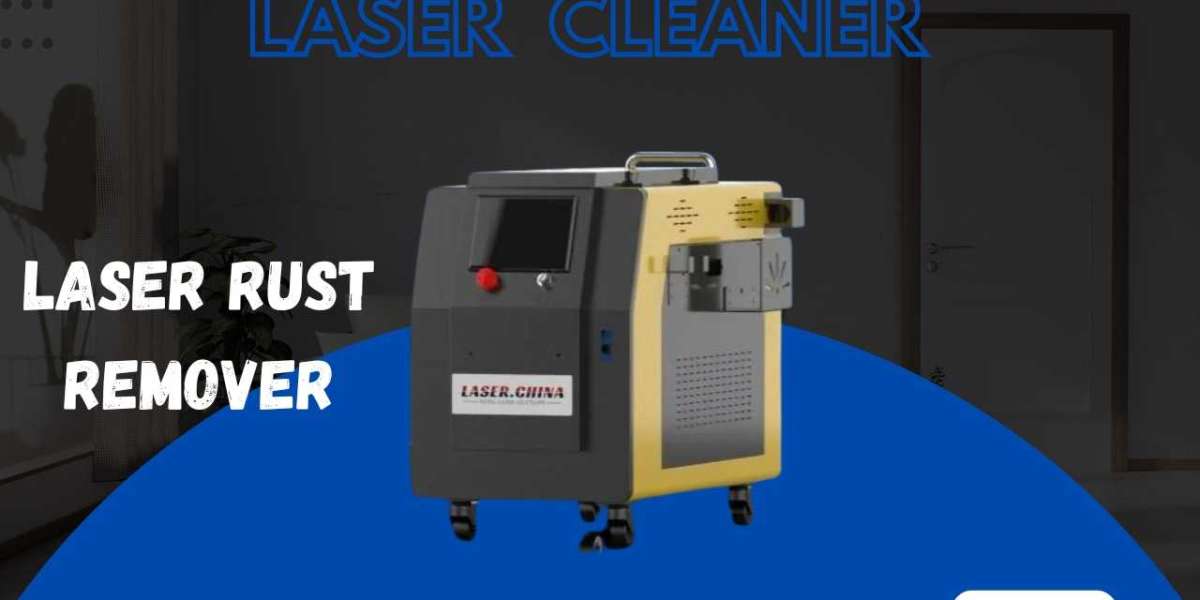Laser welding machines are widely used across various industries due to their precision, speed, and efficiency. However, their prices can vary significantly based on several factors, such as the type of laser, power output, automation features, and brand. Understanding the elements that influence the cost of a laser welding machine is essential for making an informed investment decision. So, what are the key factors that affect the price, and how much should you expect to pay for different types of laser welding machines?
Factors Affecting the Price of a Laser Welding Machine
Type of Laser Source
The type of laser source is one of the most significant factors impacting the price of a laser welding machine. Different laser sources have different levels of power, efficiency, and suitability for various materials. The most common types of laser sources are:
CO2 Lasers: These are generally more affordable compared to other types, as they are typically used for non-metal materials like plastics and ceramics. CO2 laser welding machines might cost between $10,000 and $50,000, depending on their power output and features.
Fiber Lasers: Fiber lasers are highly efficient and are the most popular choice for welding metals. They provide superior weld quality, making them ideal for industrial applications. However, they tend to be more expensive, with prices ranging from $20,000 to over $200,000, depending on the model and power output.
Nd
Lasers: Nd
lasers are used for precision welding, often in industries like aerospace and medical devices. These machines are usually more expensive than CO2 lasers but cheaper than high-powered fiber lasers. Prices for Nd
laser welding machines typically fall in the range of $50,000 to $150,000.
Power Output
The power output of the laser plays a significant role in determining the cost of a laser welding machine. Machines with higher power output are capable of welding thicker materials and are suitable for heavy-duty applications. Low-power machines, on the other hand, are typically used for smaller, more delicate tasks, such as micro-welding in electronics.
- Low-Power Machines (Up to 500W): Suitable for precision welding and thin materials, these machines are more affordable, with prices starting around $10,000 to $30,000.
- Medium-Power Machines (500W to 2kW): These machines offer a balance between power and price and are ideal for general-purpose welding. They typically range from $30,000 to $100,000.
- High-Power Machines (Over 2kW): These are used for industrial applications requiring deep penetration welds, such as automotive or aerospace manufacturing. Prices can exceed $100,000, with some machines costing up to $500,000 or more.
Automation Features
The level of automation integrated into a laser welding machine significantly impacts its price. Machines that can be incorporated into fully automated production lines or equipped with robotic arms and vision systems tend to cost more due to the additional technology involved.
- Manual Machines: Basic laser welding machines without automation features are more affordable, typically costing between $10,000 and $40,000.
- Semi-Automated Machines: These machines have some level of automation, such as programmable settings or basic robotic movement, and usually fall in the range of $40,000 to $150,000.
- Fully Automated Systems: Machines that are fully automated, often equipped with robotic arms, vision systems, and advanced control software, can range from $100,000 to over $500,000, depending on the level of sophistication and the production capacity.
Cooling Systems
Laser welding machines generate significant heat during operation, so a cooling system is essential. Machines with advanced water-cooled systems are more expensive than those with air-cooled systems. Water-cooled machines offer better heat dissipation, making them suitable for continuous high-power operation.
- Air-Cooled Machines: These machines are less expensive, usually starting at around $10,000 to $30,000.
- Water-Cooled Machines: Machines with water cooling systems, which are more suited for heavy-duty or continuous use, generally range from $50,000 to over $200,000, depending on the power and cooling capacity.
Brand and Build Quality
The brand of the machine also affects its price. Well-established manufacturers, known for reliability and advanced features, tend to charge more. The build quality of the machine, including the durability of components and the precision of the laser, also influences the cost.
Premium brands often charge a premium for their products, with prices starting at $50,000 and exceeding $200,000, depending on the features and specifications. On the other hand, lesser-known brands or manufacturers from regions like China or India may offer machines at lower prices, typically ranging from $10,000 to $50,000 for entry-level or mid-range models.
Also Check Laser Parts: https://www.laserchina.com/laser-parts/
Conclusion
The price of a laser welding machine can range anywhere from $10,000 to over $500,000, depending on various factors like the type of laser source, power output, level of automation, cooling systems, and brand. For basic applications, an entry-level machine may suffice, costing around $10,000 to $30,000. However, for high-precision industrial applications, especially where automation and high power are needed, prices can exceed $100,000 to $500,000.







